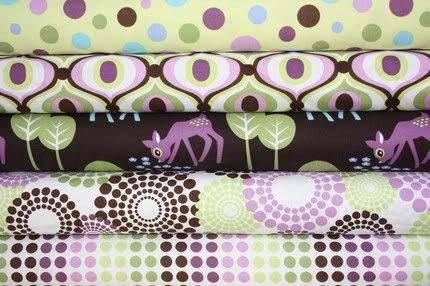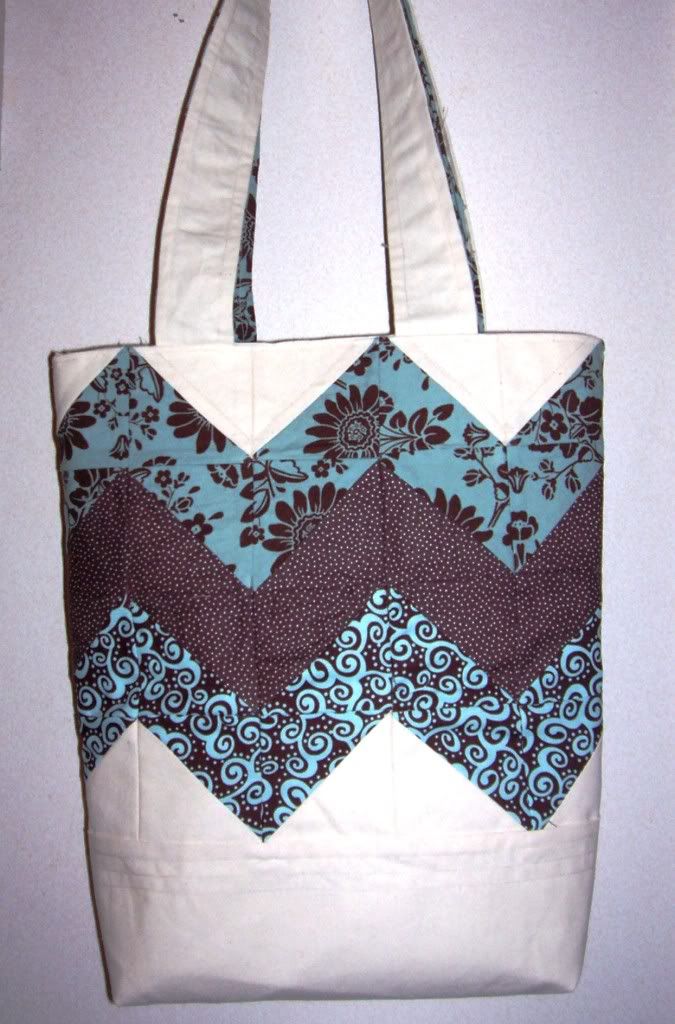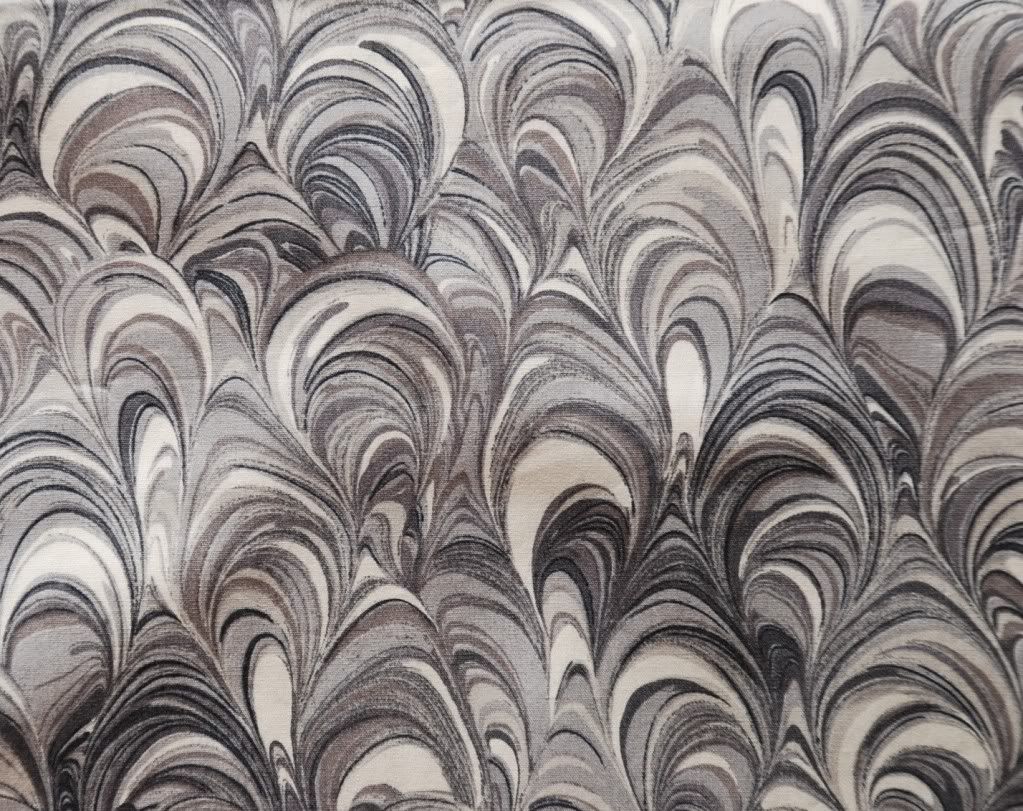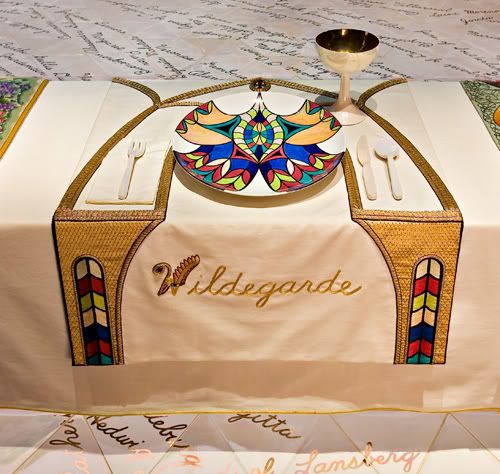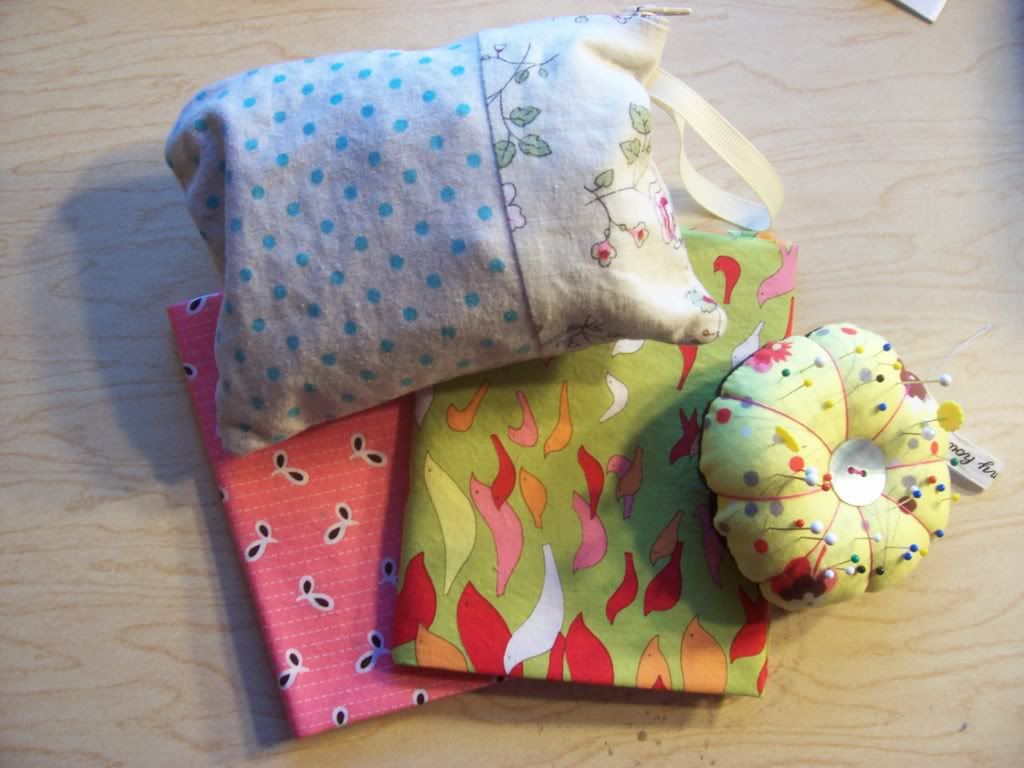
...that in 1987, Congress declared March "Women's History Month." Being both a proud feminist and a rather historically-minded individual, there is no way in heck I'm passing this up. BUT, since this is technically a craft blog, I'm restricting myself to textiles. That's more than okay though...textile history is really under-acknowledged and there is a ton of cool stuff to talk about! I'm going to try to put together a few posts during the month of March about textiles and their place/impact on women's history. I'm hoping to get to quilts as activism for sure, but we'll see where the spirit moves me.
WHY-TEXTILES-ARE-IMPORTANT-TO-WOMEN'S-HISTORY-AND-WHY-THE-DISCIPLINE NEEDS-TO-GET-ITS-REAR-IN-GEAR-1O1.
Textiles are a hugely important part of women's history, first and foremost because of their ubiquity in daily life. Take the Middle Ages for example. Women spent something like 75% of their time in textile production (I can't remember the exact percentage, but its close to that). They raised the sheep, they sheered them, washed the wool, carded the wool, spun the wool, wove the cloth, cut the cloth, sewed the garments and then washed and mended them.
American women, hundreds of years later, were as equally occupied with textiles. Young girls began sewing as early as two or three and continued until they were too old to hold a needle. Women sewed for basic necessity (covering and warmth), they sewed for beauty, they sewed for friendship, they sewed for charity, they sewed for memory, and they sewed for activism.
Much of the history of women is in textiles. While written history is often elitist, textiles have less of that bias. Until recently (and only in certain parts of the world) only a few women wrote while virtually every woman sewed. Stories are often told in textiles that cannot be found anywhere else.
Unfortunately, much of that unique and irreplacable history is already gone. Textiles don't survive well in the archaeological record. After a couple hundred years, its usually game over. There are exceptions of course, but its heartbreaking to think of what was lost. We didn't just lose a smock or a weaving, we lost the history of Ethelfrith and Brunhilde. We didn't just lose a slave quilt, we lost Mary and Tessie. This makes the few textiles that remain all the more precious.
Just as frustrating, however, is the fact that textiles have yet to be recognized for their full scholarly potential. Quilt history, for example, only really emerged after the 1970s, and to this day, the body of scholarship is relatively small. Its getting better, but we still have a long way to go. Quilt history furthermore remains as a specialized branch of historical studies, largely segregated from more mainstream scholarship. If you can show me a general history book of the Civil War that cites a quilt as a source, I'll eat my hat.
A huge portion of women's history is being eaten by moths. A huge portion of women's history is placed out of the mainstream in a specialized branch of scholarship that the general public is largely ignorant of. A huge portion of women's history is disregarded, not through malice, but through ignorance. As crafters and lovers of this legacy, we are the people in the best postition to stop this trend and preserve the histories contained in textiles. Research the heirloom quilt you keep secreted away and share the info via the web. Ask your grandmother about the embroidered sampler she keeps tucked away in her ceder chest. You don't need a phd to do this, you just need to care. Textiles are important. Women's history is important. Please, please, please, lets do something about this.
*****
General Women's History Day Sources:
Library of CongressThe History ChannelNational Women's History ProjectReader-Friendly Quilt and Textile History Sources (more to come with each specific topic):
Hearts and Hands: Women, Quilts and the American SocietyAmerica's Quilting History





